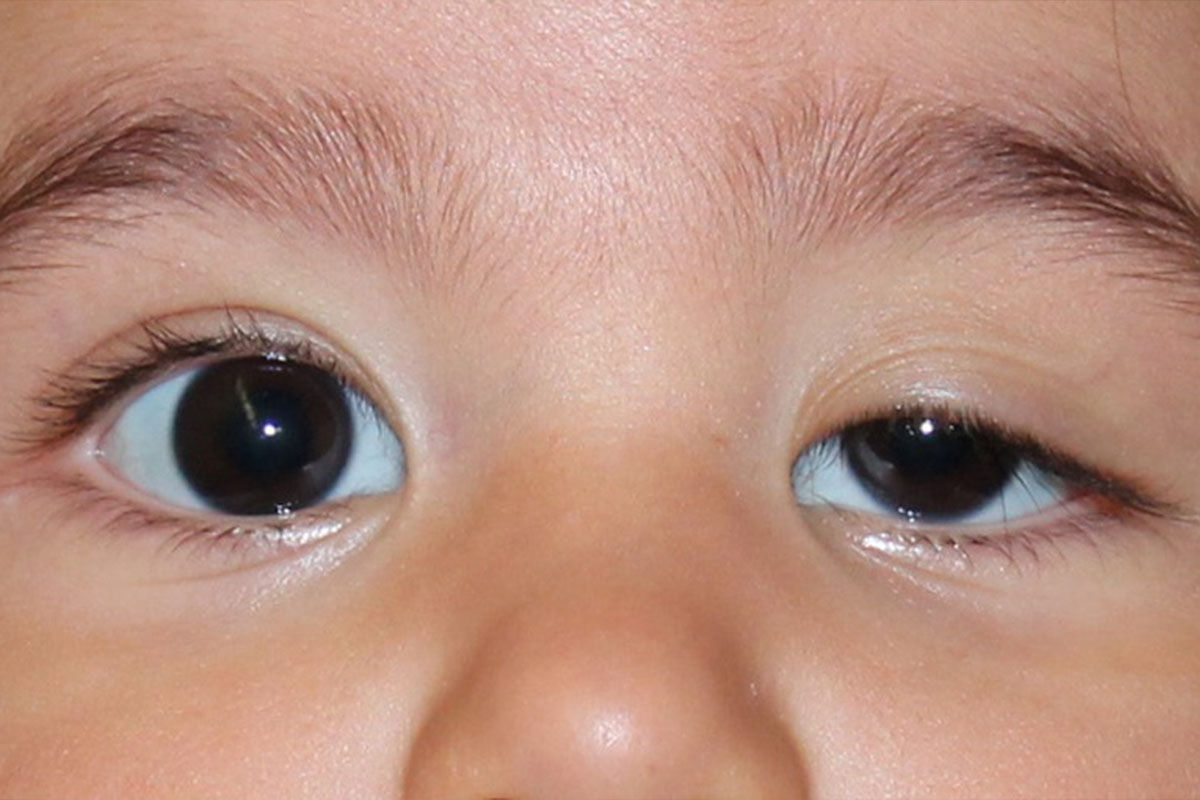Drooping down of the eyelid more than usual is known as Ptosis. Children who have this condition since the birth are said to be suffering from Congenital Ptosis.
This can be unilateral as well as bilateral.
In these cases, it is observed that the eyelids have minimal or almost no visible eyelid crease. This is because an eyelid crease is formed by attachments of the eyelid levator muscle to the undersurface of the eyelid skin. The eyelid crease fails to form in absence of a normal muscle.
It can be divided in to Mild, Moderate and Severe Ptosis based upon the position of eyelid and other factors. Mild cases can be observed periodically and early surgery is not required where surgery is required for a severe eyelid droop which can even interfere with a child’s visual development and may cause irreversible vision loss, which is also called Amblyopia.
Usually, Levator function and amount of ptosis are used to determine which surgical approach are to be taken. Up until the age of the child is 4 to 5 years, the surgery is delayed, because it is believed that a child at this age becomes more cooperative towards the accurate preoperative measurements, Followed by surgery. However, in cases where pupillary axis is completely covered and is putting the child at the risk of deprivation amblyopia, an earlier intervention may be required.

To correct Congenital Ptosis, three operative procedures are taken into consideration
- Levator resection by the skin approach
- Levator section by the conjunctival approach
- The eyebrow suspension of the eyelids (Frontalis Sling Surgery)
Post the surgery, a bland lubricating ointment is placed in the eye four times a day for 1 week and transitioned over to artificial tears four times a day for as long as necessary for globe protection and comfort.

